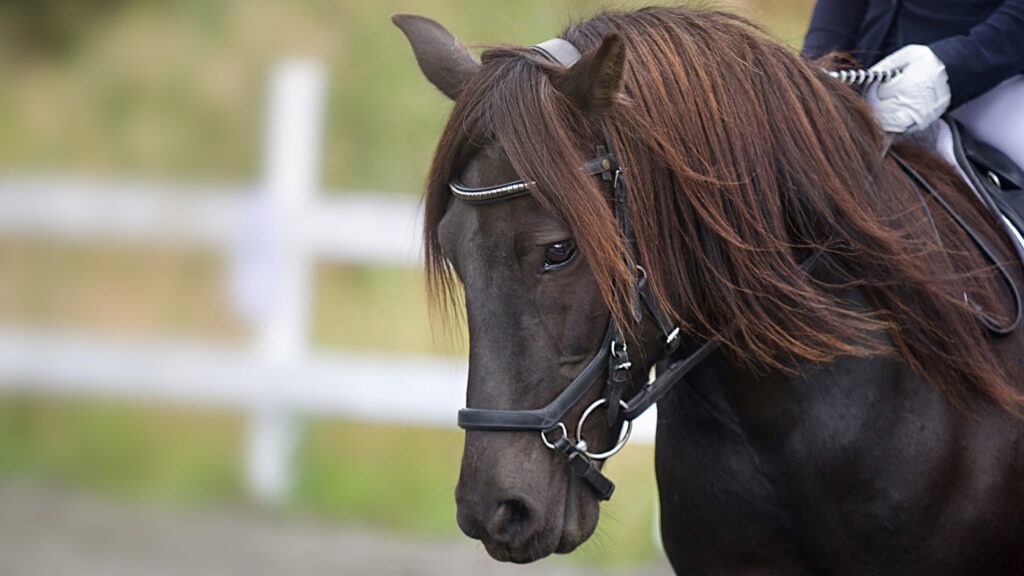Cinching a western saddle correctly is vitally important for the safety and comfort of both the rider and the horse. Knowing how to cinch a western saddle is fundamental for any equestrian enthusiast, whether you’re a beginner or an experienced rider. It’s here that people often make mistakes, leading to discomfort and even accidents.
In this article, we will delve deep into the process, techniques, and tips to master the art of cinching a western saddle. So, lets saddle up and get started!

Understanding the Components of a Western Saddle
The Saddle Tree
The saddle tree is the base upon which the entire saddle is built. Knowing the parts of your saddle helps in cinching it correctly.
The Fenders and Stirrup Leathers
These are the parts of the saddle that support the stirrups. Ensuring these are properly adjusted will help in maintaining a firm seat.
The Rigging
The rigging is the whole arrangement of straps and rings that secures the saddle to the horse’s back. Understanding this part is crucial to knowing how to cinch a western saddle correctly.

Steps to Cinching a Western Saddle
Step 1: Preparation
Preparation is the first step to ensure a safe and successful ride. Before you even place the saddle on the horse’s back, make sure both the horse and the saddle are clean.
For tips on how to clean your saddle, you can visit Clean a Saddle.
Step 2: Positioning the Saddle
A correctly positioned saddle ensures even weight distribution. Place the saddle a bit forward on the withers and then slide it backward into the correct position.
Step 3: Attaching the Cinch
Now, take the cinch and bring it under the horse’s belly. Attach it to the off-side rigging ring and then to the nearside ring.

Tips for a Secure Cinch
Double Checking
Always double-check your cinch by lifting the horse’s front legs one at a time and checking the tightness again.
Using a Breast Collar
A breast collar can offer additional security, especially on rough terrains.
Regular Maintenance
Regularly check and replace worn-out cinches to avoid accidents.

Common Mistakes When Cinching a Saddle
Too Tight or Too Loose
A cinch thats too tight can cause discomfort and pain, while a loose one can result in the saddle slipping.
Incorrect Positioning
It’s crucial that the cinch is correctly positioned right behind the horse’s front legs.
Frequently Asked Questions (FAQ)
How tight should the cinch be?
The cinch should be tight enough to hold the saddle securely, but not so tight that it causes discomfort to the horse.
Can I use any cinch with a Western saddle?
It’s recommended to use a cinch specifically designed for Western saddles for the best fit and comfort.
How do I know if my saddle is in the right position?
Your saddle should be positioned slightly forward and then slipped back into place, sitting evenly on both sides of the horse.
For details on fitting a saddle, check out Fit a Saddle.
As an Amazon Associate, I earn from qualifying purchases.